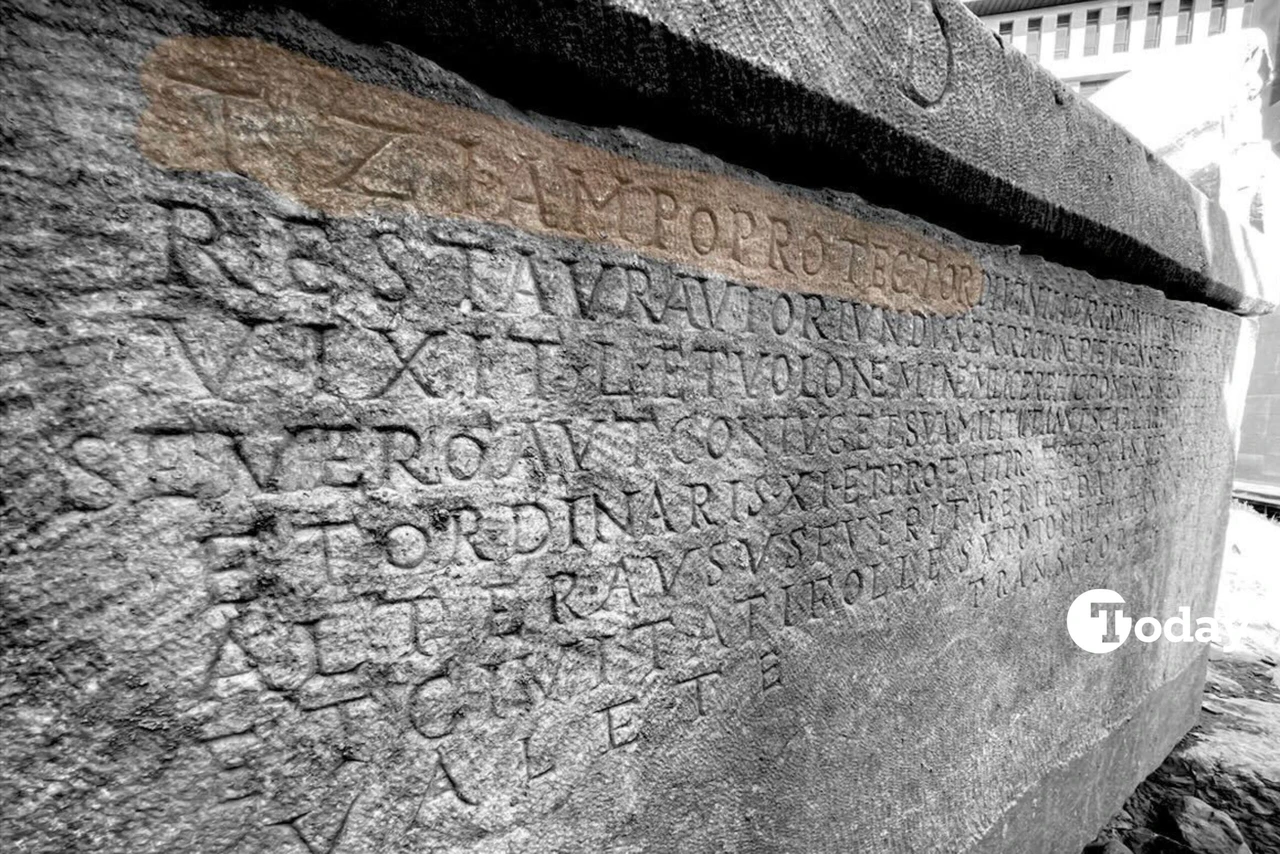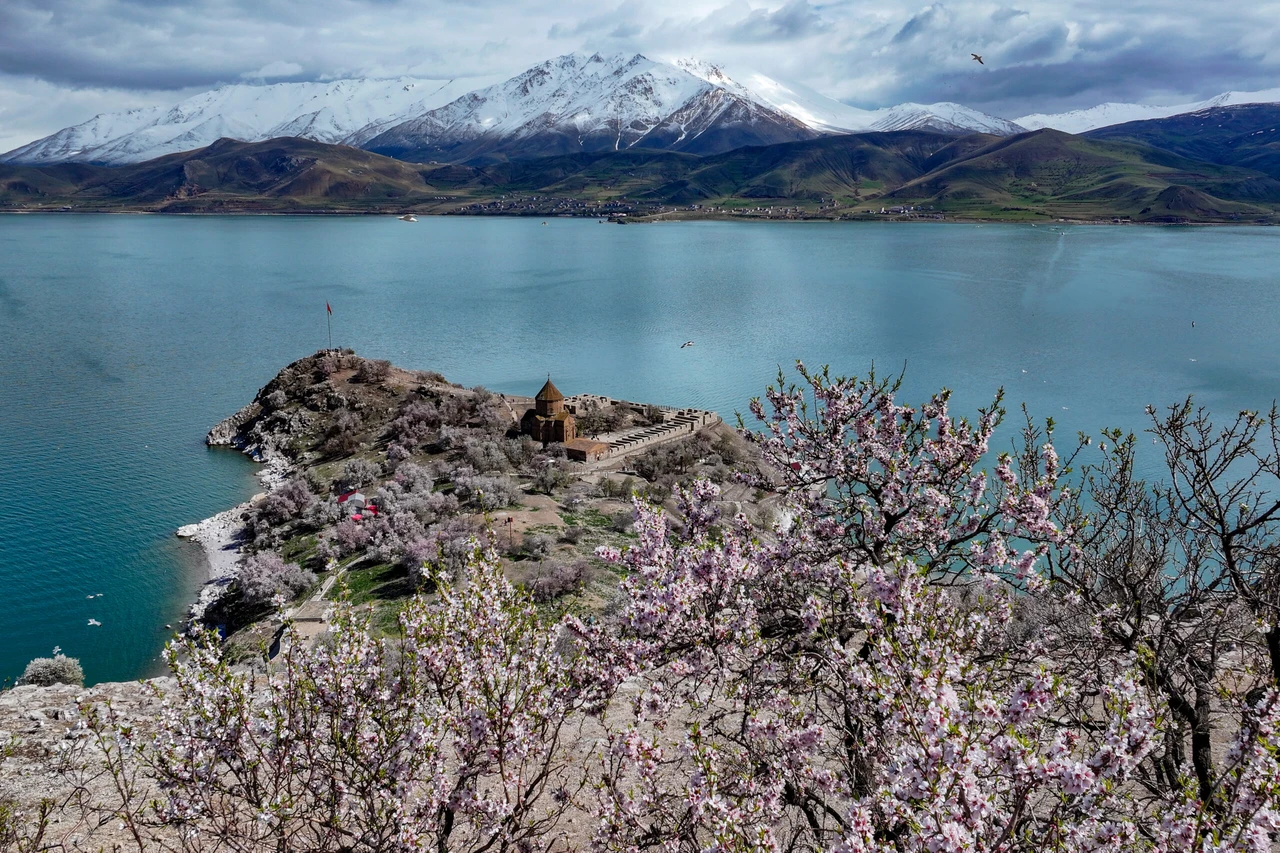Obsidian from Golludag sheds light on prehistoric trade and migration
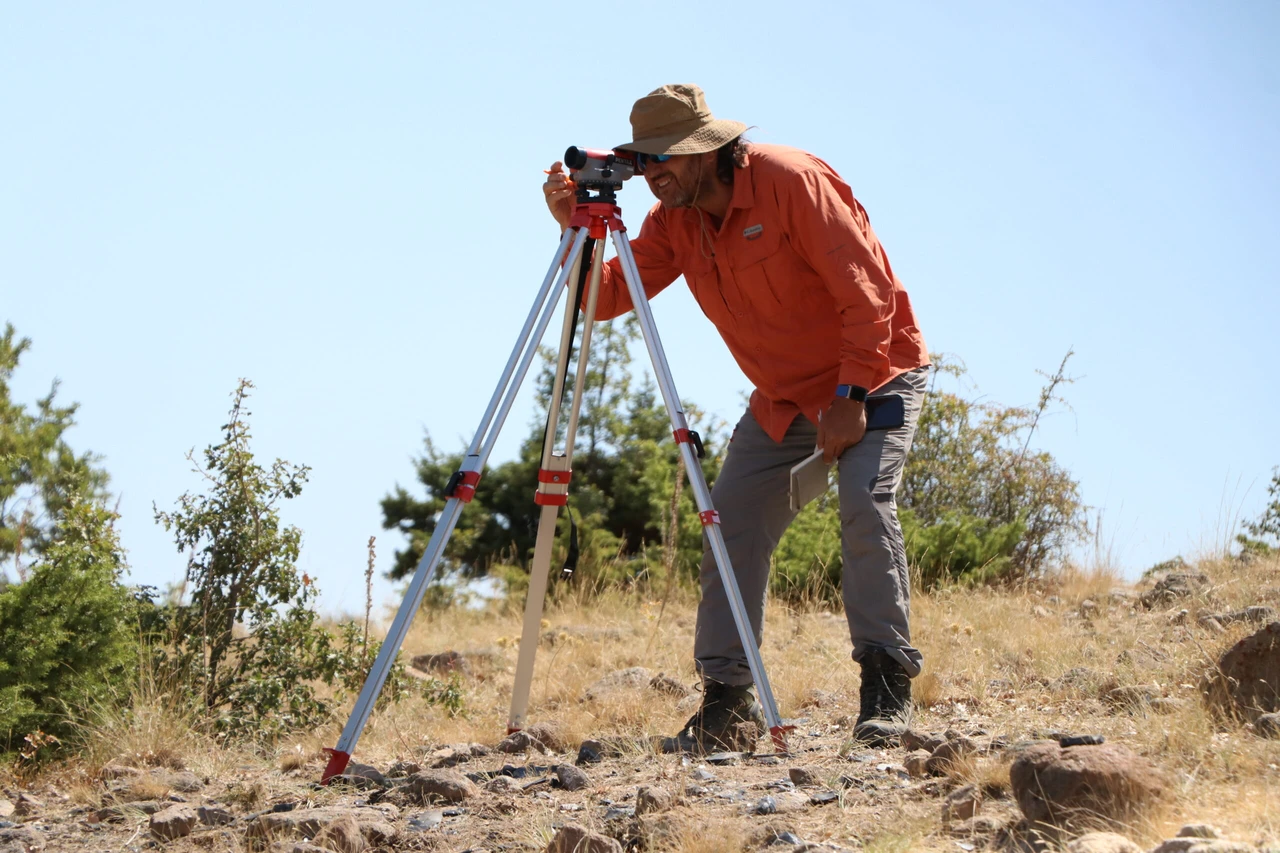 Assoc. Professor F. Volkan Gungordu at Golludag excavations, Nigde, Türkiye, September 3, 2024 (AA Photo)
Assoc. Professor F. Volkan Gungordu at Golludag excavations, Nigde, Türkiye, September 3, 2024 (AA Photo)
Recent archaeological excavations near Kayirli village in Nigde have revealed obsidian, a volcanic glass, which was utilized across various regions, offering new insights into prehistoric trade and human migration.
Excavations at Golludag, which began in the 1990s and have been ongoing for the past three years on the northern slope of the mountain near Kayirli, have unearthed significant findings.
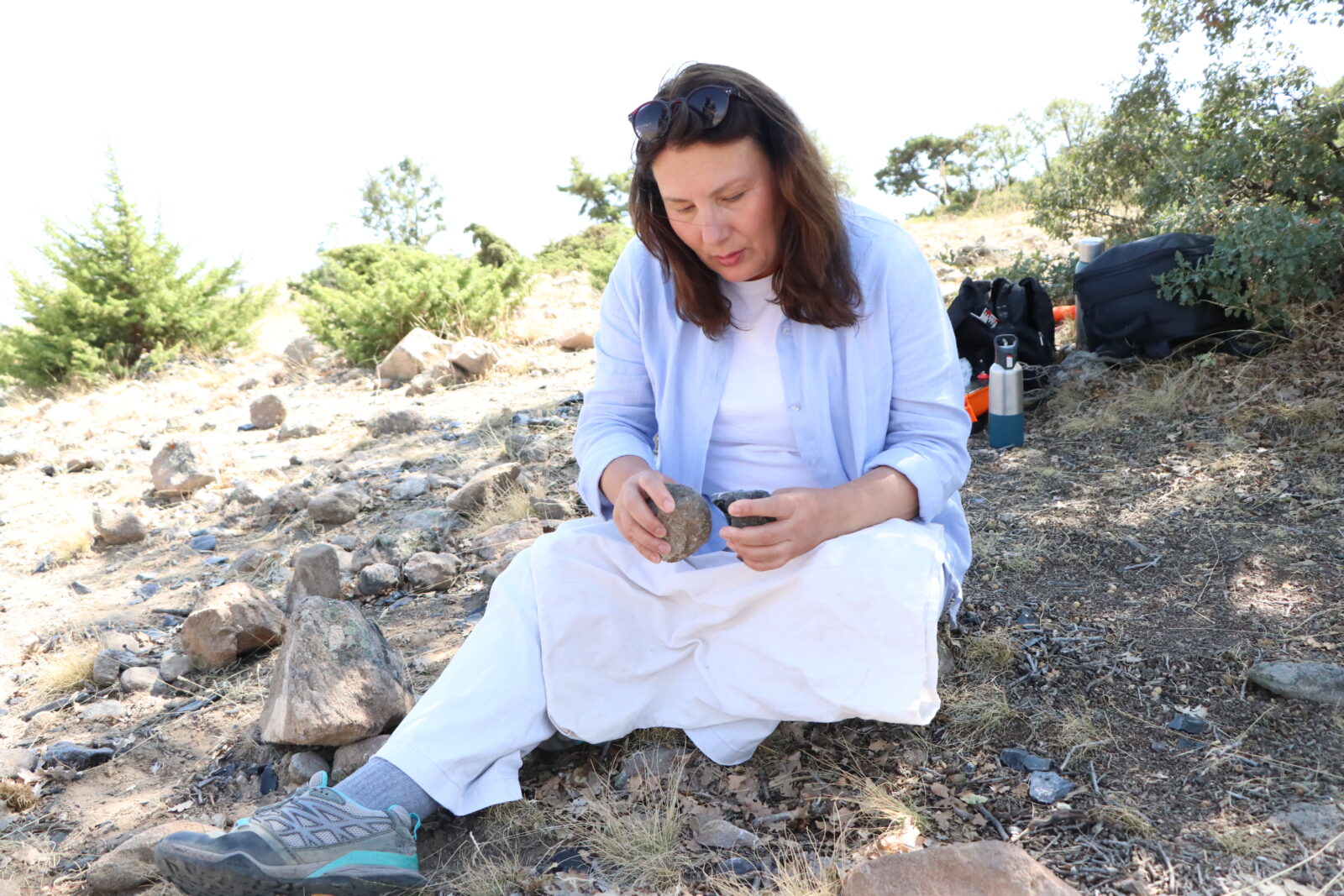
Associate Professor Nurcan Kayacan, at Istanbul University the excavation leader, explained that Golludag is renowned for its source of obsidian and which experienced a volcanic eruption approximately 1.4 million years ago.
According to Kayacan, the rapid cooling of lava led to the formation of obsidian, which prehistoric people used to craft tools for daily life.
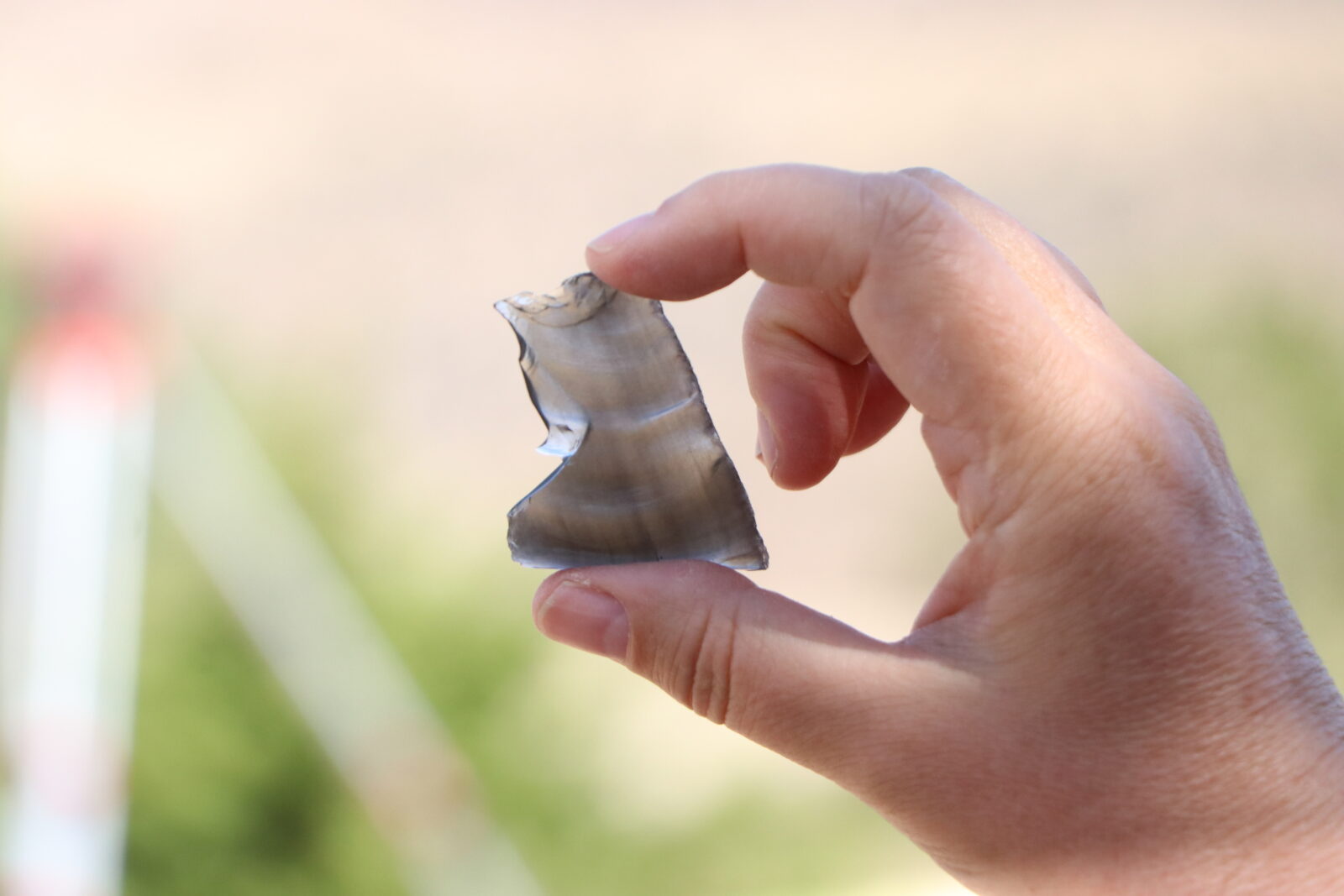
Obsidian trade 40,000 years ago at Golludag
Kayacan highlighted that every community had its own tool types, forms, and production methods. Researchers are investigating how obsidian moved between different settlements and which communities utilized it. Two primary methods are employed to trace this movement.
Firstly, geochemical analysis identifies the chemical composition of obsidian and compares it with samples from other regions to determine its origin. An example of this method is from Syria, where obsidian found in a site 40,000 years ago was traced back to Golludag. This transfer of obsidian is crucial for understanding human mobility during that era.
Secondly, examining the manufacturing techniques of the tools and comparing them with products from other regions helps trace distribution. For instance, tools from Golludag have been found in Cyprus. Both geochemical analysis and flint-knapping techniques confirm that obsidian from Golludag reached Cyprus around 8,200 B.C., offering significant insight into the prehistoric period.
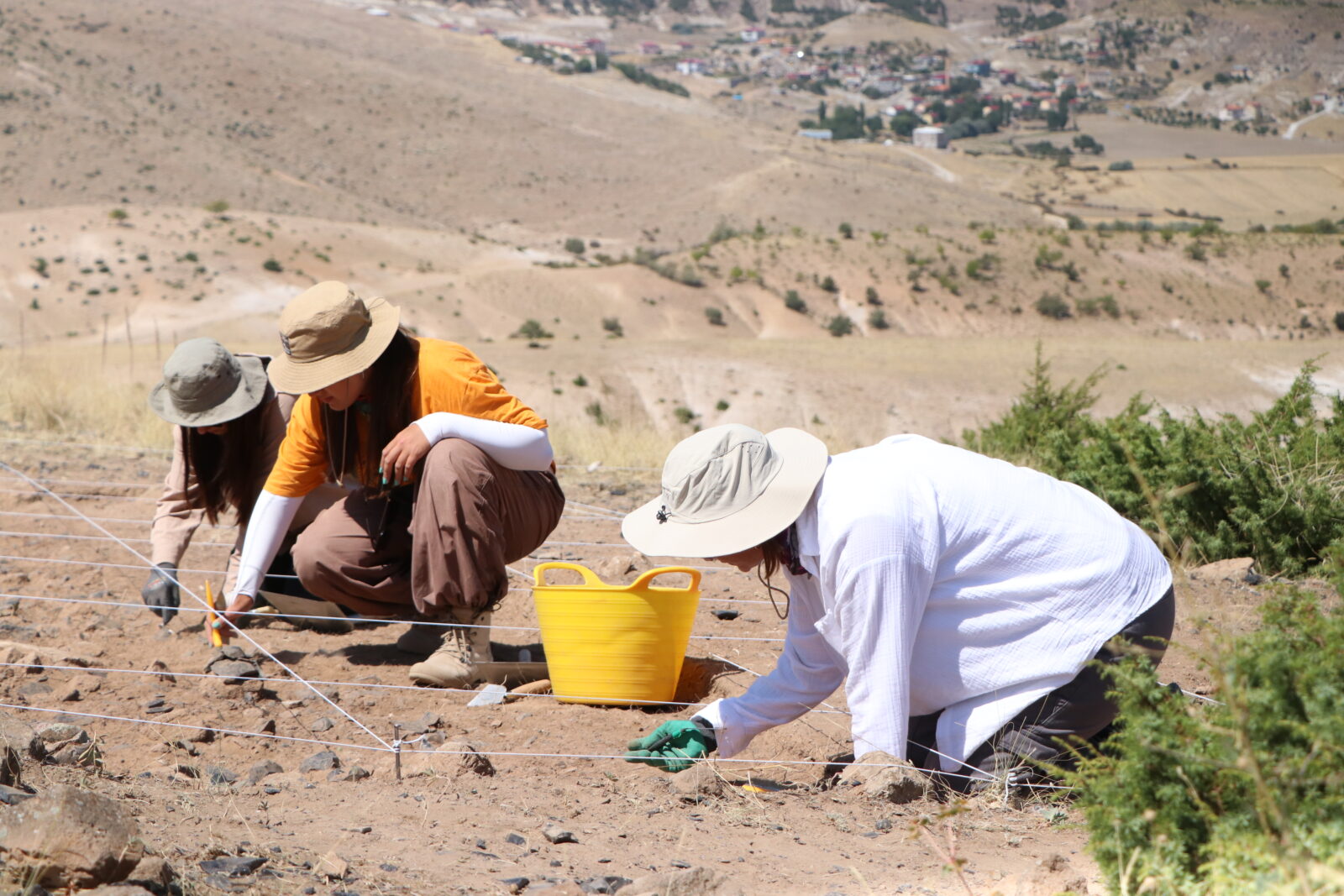
The role of trade and communication
Kayacan noted that the movement of obsidian was likely due to trade, conducted through barter systems. The obsidian from this region is noted for its homogeneous and fracture-prone nature, along with its visual appeal due to its transparency and luster.
This unique combination made it highly desirable for both functional and decorative purposes, indicating a robust network of communication and trade among prehistoric communities.

